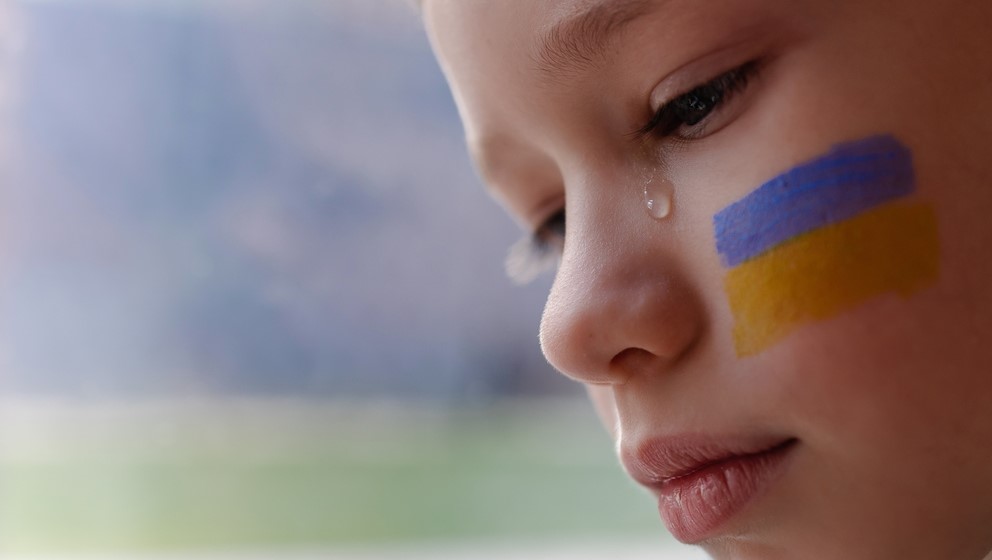
Capturing the human cost
So much of the discussion of the Ukraine invasion has understandably focused on geopolitics: military strategies, remarkable resistance, Western assistance, economic sanctions, petrochemical markets, etc. But images best capture the human cost. The numerous photos embedded in this Vox story shine a searing light on what’s going on over there.
The shots are painful, like shots to the heart. But they help us comprehend this calamity in ways no in-depth analyses can.
Such images and accompanying human interest articles could accordingly prove far more powerful than detailed geopolitical assessments and arguments in influencing how the world reacts, what Russians think and what Russia does down the line. Over time, they may prove somewhat able to circulate and resonate in Russia, despite Putin’s efforts to draw a new informational iron curtain around the country.
Given the abundant family, historical and business ties between the two nations, it could be tough to keep such information out. Or at least we can hope.
From the frying pan into the fire
As powerful as they are, the Vox article images illuminate different human dramas than the one that’s caught the most global attention this week: the death of a mother, her two children and a courageous church worker helping them flee their home when a mortar blast cut them all down. That story (including the heartbreaking photo) is covered here, with a follow-up here.
An ironic angle on that tragedy is that the deceased mother, Tetiana Perebyinis, was employed by a Silicon Valley start-up that had hired many Ukrainians – not an unusual thing, given the high-tech skills of part of the county’s workforce. Before her death came to represent the hellacious face of war, then, her life emblemized how Ukraine had sought to integrate into the wider world.
Shortly before the invasion, Perebyinis had been on a corporate retreat in the mountains of the country of Georgia, trying out paragliding. After returning home, reality bit. She and her kids soon had to flee the frying pan for the fire. They survived a bomb hitting their suburban building just above their apartment, but perished on their way to seeking shelter in Kyiv. More on her and her husband Serhiy here and here.
Nothing left to lose
There are all sorts of discussions to be had about how pictures and stories from Ukraine monopolize Western attention these days, compared to the pain and suffering elsewhere across the globe, some of it caused, compounded or tolerated by America. What about Afghanistan? What about Iraq? What about the many victims of war, disease, hunger, oppression and other outrages who are not of European stock?
These are valid questions. These other situations indeed merit more coverage than they’re getting.
But Whataboutism only gets us so far. The fact that other evils and ills plague the world must not detract from focusing on the one that most threatens world order, democracy and prosperity right now.
Which brings us back to Ukraine. Perhaps the darkest and truest commentary on what is going on there was offered by the widowed Serhiy Perebyinis. After his family’s death, he took an incredibly convoluted route to get to Kyiv from the Russian-dominated breakaway part of eastern Ukraine, where he’d gone before the war began in order to care for his Covid-stricken mother.
Temporarily detained by non-combatant Russian border guards along the way, Perebyinis told them, “My whole family died in what you call a special operation and we call a war. You can do what you want with me. I have nothing left to lose.’’
Perebyinis may have nothing left to lose but it is because of him and the Ukrainian’s bravery and fierce fighting that has given the rest of us still something to lose. Now more than ever it’s our time to continue to support and provide for the Ukrainian people
Thank you for this post Steve.
And thanks for the perceptive comment, Jackie.